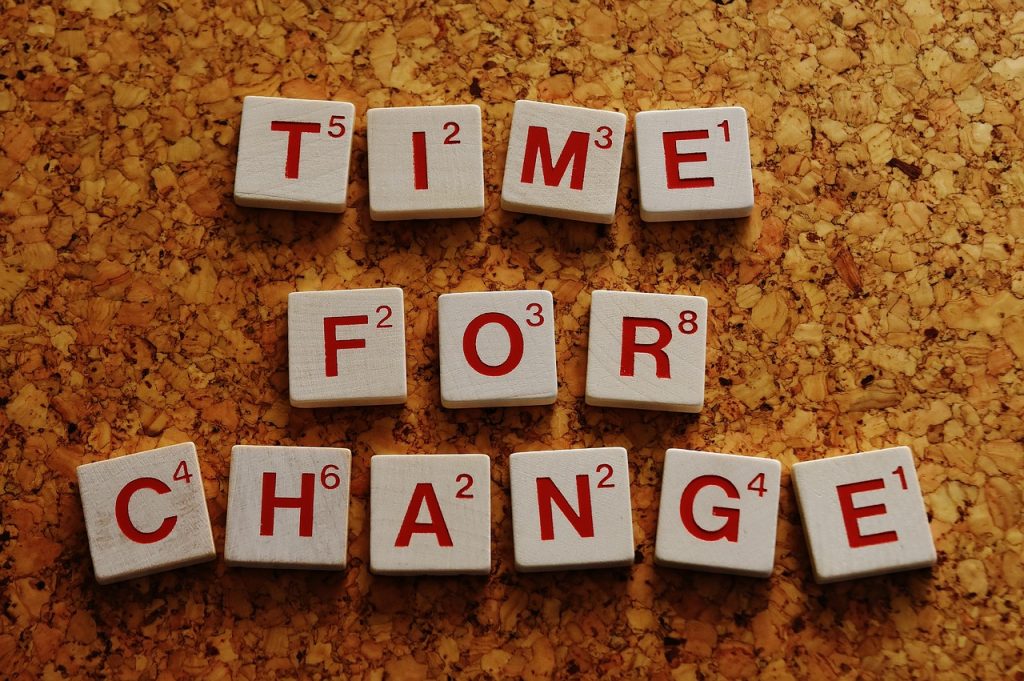
Last week, I was on Clubhouse in a conversation called “If Nonprofits Were Brutally Honest with Funders” (with colleagues Dr. Rahsaan Harris, Kris Putnam-Walkerly, and Julie Morris). After my remarks about power dynamics, the injustices upon which much of philanthropy is based, and how so little funding goes to organizations led by marginalized communities, listeners were invited to join in. The first person said something about how people of color should learn to “pitch” better so that funders and donors could understand their ideas. (Another person said being nice and getting people to empathize and bringing them ice cream to eat and puppies to snuggle with would work better in soliciting funding than my “angry complaints,” but that’s for another post).
The idea of “pitching” is not new. We have been trained to do “elevator pitches” that are supposed to be pithy yet moving, sincere yet polished, inspiring yet grounded, all in 20 seconds. We pitch to donors, funders, politicians, partner orgs, volunteers. Grants, meanwhile, are basically just long pitches. We do a lot of pitching.
The most extreme manifestation of this idea of “pitching” are the “Shark Tank”-style funding opportunities where leaders go on stage to give short presentations about their organizations’ work to a live audience, after which, depending on how they do and how the “judges” and people watching their presentations react, they could walk away with one of several small grant prizes.
Continue reading “Why pitch-based funding competitions are harmful and we need to stop having them”



